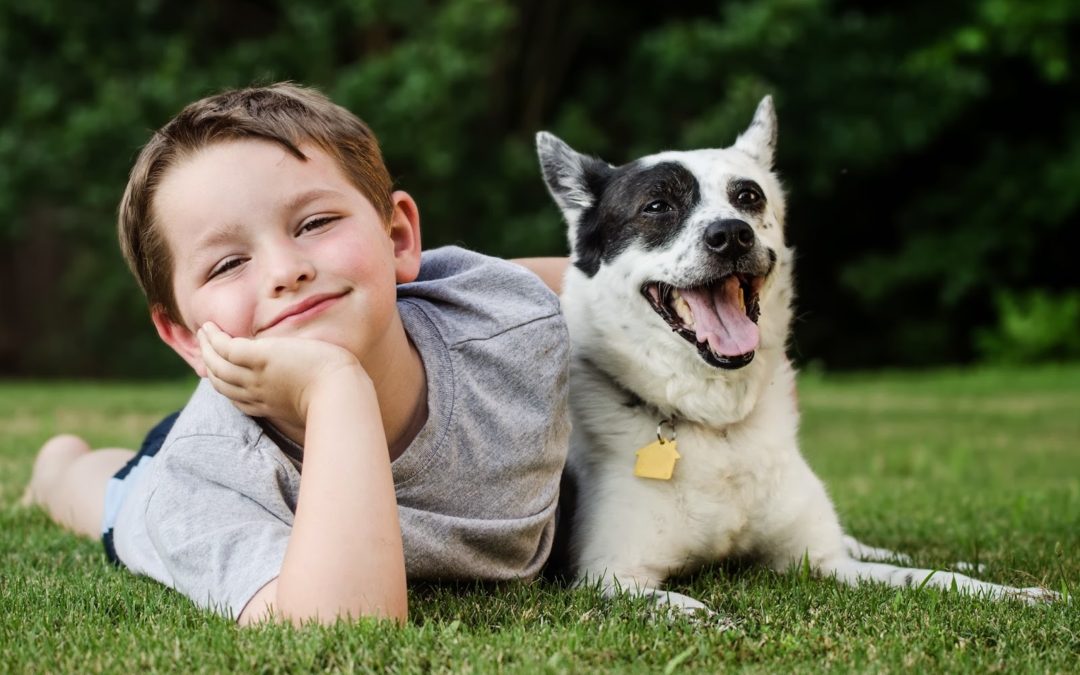Have you ever been out walking your dog when an excited child approaches? It can be a tense situation for you and for your dog if a child approaches and isn’t exactly practicing good safety or manners. Or, perhaps you have had children in your home who are too rough with your dog. It is true – children and dogs are sometimes a volatile combination. To keep dogs safe, and to keep your children safe, it is imperative that your child knows how to interact with dogs they meet in homes or on the street.
Here are just a few things to teach your child, or children who visit your home, when it comes to making friends with the dog in your life.
Always ask first
One of the best ways to assure that a child is safe around a dog is to teach your child to always ask the owner before approaching the dog. This tactic can especially come in handy when your child sees an approaching dog while on a walk. Some kids simply love dogs and want to run up to pet the pooch right away. However, this is not always the safe option.
Instead, teach your child to ask the owner, “can I pet your dog?” This gives the owner a chance to see your child approaching (sometimes they are lost in podcast or distracted) and make the determination if it is appropriate. The owner can also give any specific direction to the child, or give the dog a command to Sit first.
Slow and steady
Kids can sometimes be a bit – ahem – unpredictable. Quick movements, while second nature to your child, can be startling to dogs of any age. Teach your child to approach the dog slowly to make contact. Quick pets or jarring pokes are no good for anyone.
Gentle and soft
If you have ever interacted with a toddler, repeating the words “gentle, gentle” are the norm. This approach goes for dog contact as well. Remind your child to pet gently, and to pet the dog on the back or side. Steer clear from the face or ears, especially if the dog is not yours.
Praise and repeat
After a successful interaction, praise your child for a job well done and thank the dog owner for sharing their best friend with you. If you do not have a dog at home, this type of repeated positive interaction with dogs can be beneficial for your child.
If you have a dog at home and are not comfortable with your dog interacting with children due to an obedience or manners issue, we may be able to help you and your dog become more comfortable. Give us a call to set up a consultation and hear more about our obedience options.

